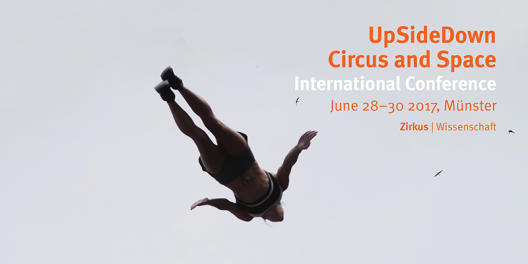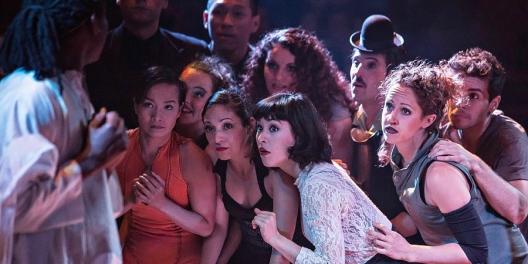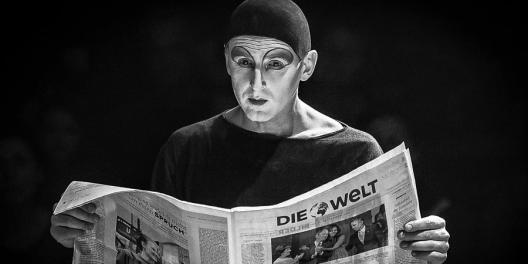
WHAT´S GOING ON WITH CIRCUS RESEARCH?
Our former Zirkus|Wissenschaft intern, Riikka Juutinen, gives a short overview on contemporary circensic research. If you would like to know more about Riikka's experience as Zirkus|Wissenschaft's intern, please click here.
It is difficult to say what circus research actually is about. Considering the immense diversity of the circus art, research focuses are, too, split among different themes and standpoints. Still, current themes of circus research at the moment center on roughly six trends; identity, risk, circus and its others, circus dramaturgy, circus and space, and women in circus.




